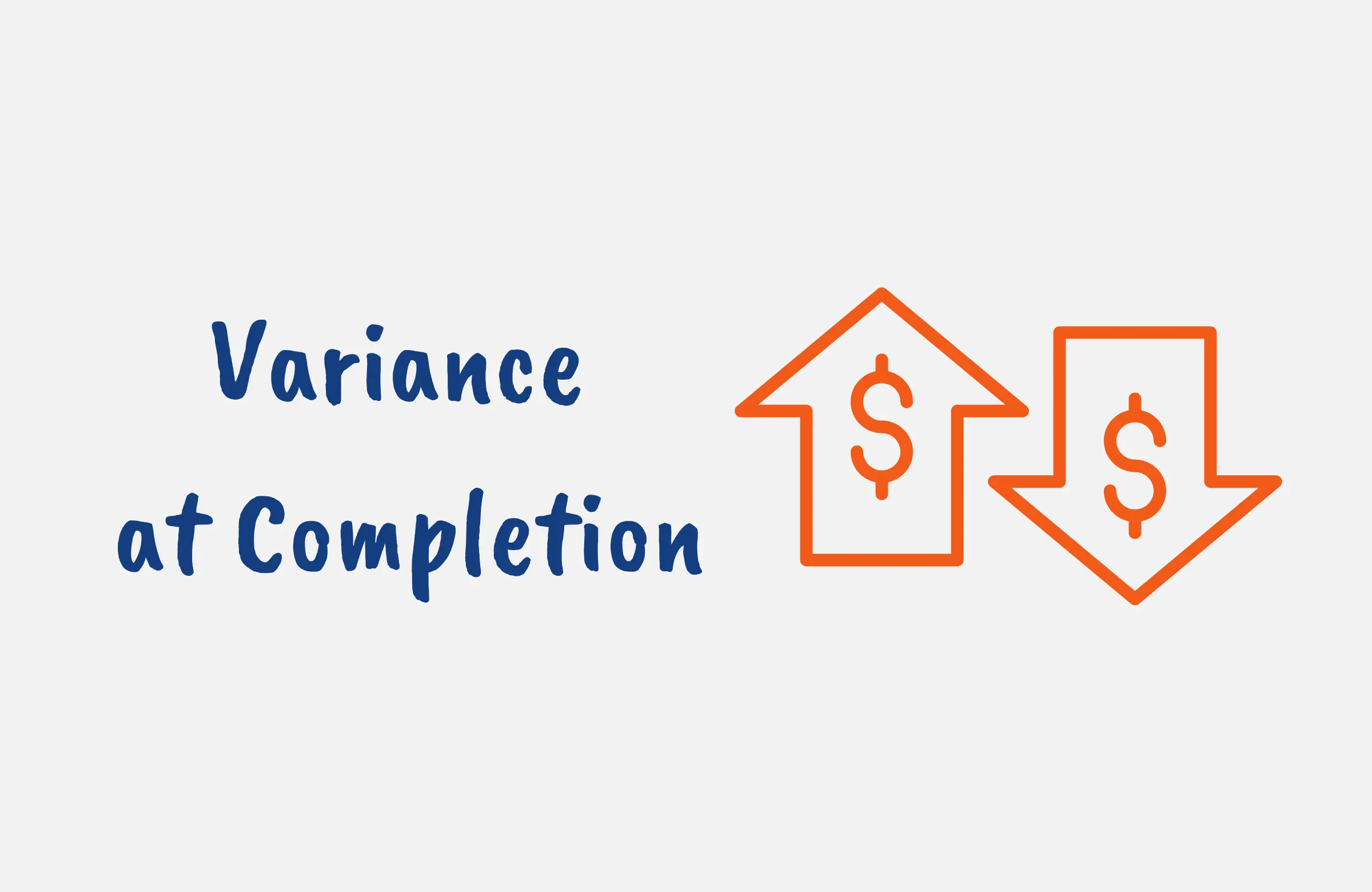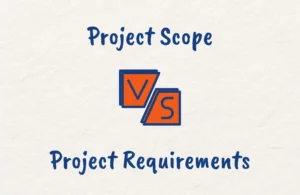When managing a project, it’s important to constantly monitor its performance against what was planned to know if it is on the right track or if it is getting derailed.
By comparing the actual performance of your project against what was planned, you can see if there is a variance and also forecast the impact of this on your project budget in terms of translating to a deficit or surplus.
This forecast is known as Variance at Completion (VAC) and is one of the Earned Value Management concepts. VAC informs you if your project will be under or over budget to take necessary corrective actions to get the project on track.
In this article, we’ll cover what Variance at Completion entails, the VAC formula, examples for calculating it, and how to interpret VAC values.
Also, if you are studying for the PMP certification, this is one area you need to be knowledgeable in along with other Earned Value Management formulas and this article provides the required knowledge.
What is Variance at Completion (VAC)?
Variance at Completion (VAC) is used to forecast the expected budget status at project completion. It provides a projection of whether the project will be under budget or over budget compared to the original planned project budget.
It is calculated as the difference between the Budget at Completion (BAC) which is the total planned cost of the project, and the Estimate at Completion (EAC) which is the expected total cost of the project based on performance so far.
You can use VAC as a macroscopic status snapshot to determine if corrective actions are needed to get your project back on track.
If VAC shows a significant budget deficit or surplus, this tells you that the current path will lead to your project being over or under budget so you can take steps to address issues and optimize budget outcomes.
VAC is one of the most useful earned value metrics for assessing project performance and an understanding of its use puts you in a better position to make adjustments during project execution to complete within the approved BAC.

Variance at Completion Formula
The Variance at Completion (VAC) formula is given as:
VAC = BAC – EAC
Where:
BAC is the Budget at Completion which is the total planned cost for the project
EAC is the Estimate at Completion which is the expected total cost of the project based on performance so far
This formula provides the difference between the original budgeted cost and the current forecasted cost.

Variance at Completion Example
Let’s walk through an example to illustrate how to calculate and apply Variance at Completion (VAC).
Suppose we have a project to build a new website with the following budget details:
The Budget at Completion (BAC) is $100,000
The project is 40% complete
The Actual Cost (AC) so far is $30,000
The Earned Value (EV) is $20,000
Based on current performance, the Estimate at Completion (EAC) will be $120,000.
With this data, we can calculate VAC as:
VAC = BAC – EAC
VAC = $100,000 – $120,000
VAC = -$20,000
From this calculation, the VAC of the project is negative. Now, the next thing is to interpret what this means for the project and take appropriate actions. You can get more insight on how to calculate the Estimate at Completion here.

Variance at Completion Interpretation
Once the Variance at Completion (VAC) has been calculated, properly interpreting the result is key to taking effective action. It is also important to understand this for the PMP certification exam.
There are three possible outcomes when calculating VAC:
1. Positive Variance at Completion
A positive VAC means the projected total cost is lower than the budgeted cost. For example, if VAC = $10,000, it means the project is forecasted to be $10,000 under budget.
A positive VAC indicates effective cost management so far if the project scope and quality have not been compromised. The project is on track to come in at or below the approved Budget at Completion (BAC).
2. Negative Variance at Completion
A negative VAC means the projected total cost is higher than the budgeted cost. So with our earlier example where the VAC = -$20,000, the project is forecasted to go over budget by $20,000.
A negative VAC signifies potential budget issues. As a project manager, this is a signal that corrective actions should be explored to get costs aligned with the BAC.
3. Zero Variance at Completion
A VAC value of zero means the projected total cost equals the budgeted cost. This is the ideal scenario as it indicates costs are fully aligned with the budget.
The closer the VAC gets to zero, the more accurate the Earned Value (EV) data for forecasting final project costs is.

Cost Variance vs Variance at Completion
Cost Variance (CV) and Variance at Completion (VAC) are two important Earned Value Management metrics used in project management to measure different aspects of the project’s performance concerning its budget.
VAC as earlier iterated measures projected cost performance by project end. It is the difference between the Budget at Completion (BAC) and the Estimate at Completion (EAC).
A positive VAC forecasts the project will finish under budget, while a negative VAC estimates it will finish over budget.
CV on the other hand measures cost performance to date which is the difference between the Earned Value (EV) and Actual Costs (AC).
A positive CV means the project is currently under budget, while a negative CV indicates it is currently over budget.
CV provides data on the present budget status, while VAC leverages that data to forecast future status at completion.
As a project manager, you can use the CV to identify current cost issues and trends and use the VAC to anticipate the likely budget surplus or deficit upon final project completion.
Monitoring both CV and VAC enables you to take timely corrective actions while executing projects and optimizing outcomes to complete your project within the approved BAC.
Together, CV and VAC provide objective insights into both current and projected budget performance for data-driven project management.
Conclusion
By calculating Variance at Completion and properly interpreting the variance analysis results whether positive, negative, or zero, you can anticipate if the project will finish under or over budget.
This way, corrective actions can be taken during project execution to optimize budget outcomes and complete projects within the approved funding.





